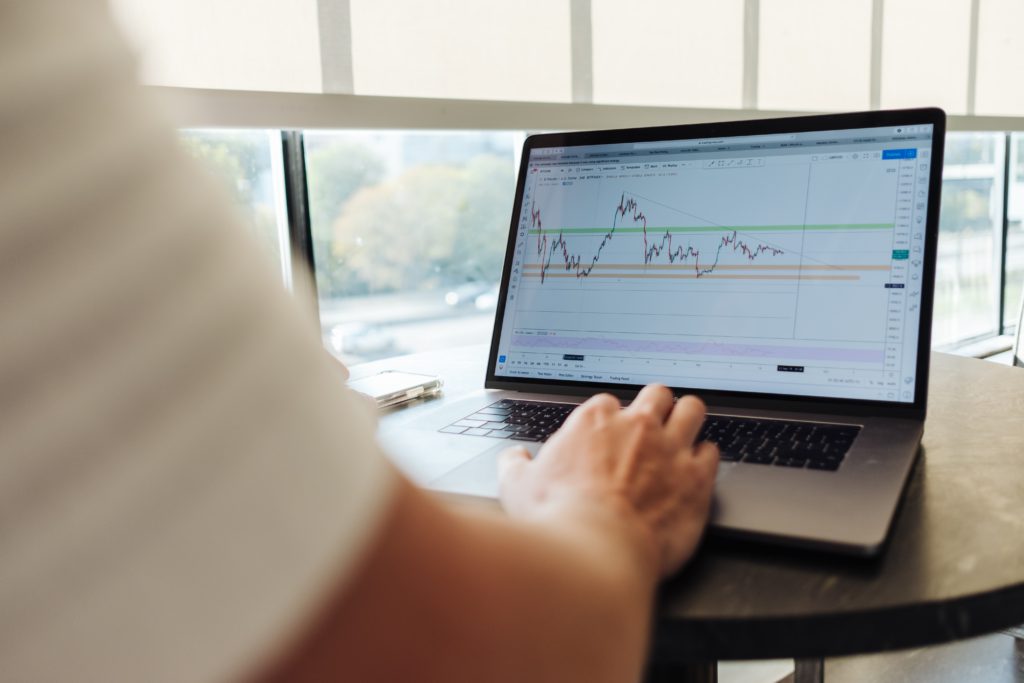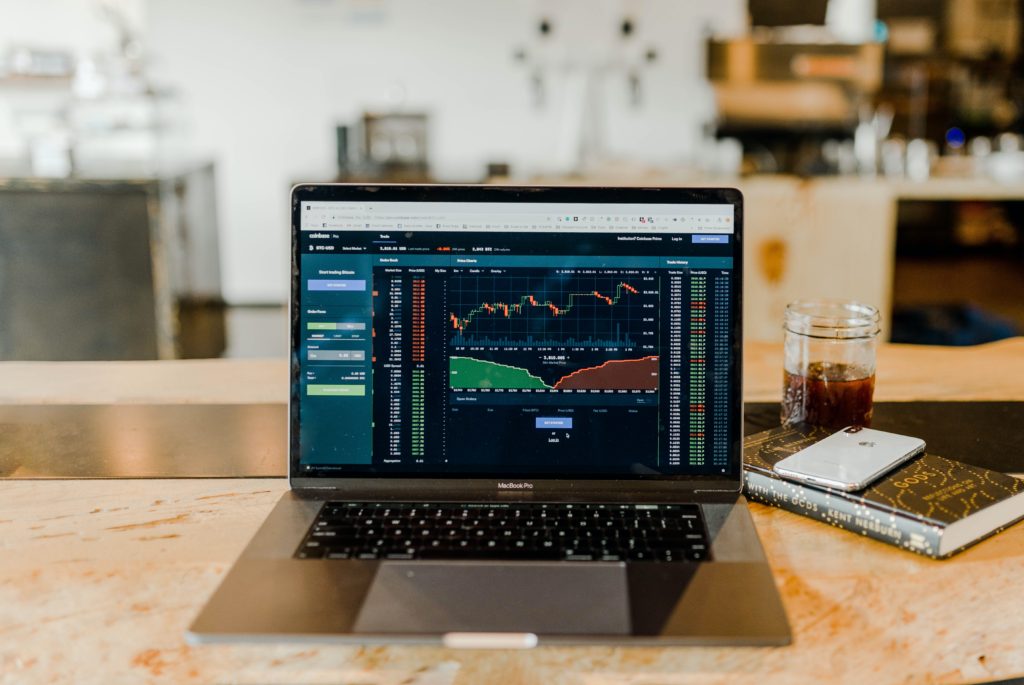The idea of backtesting with Python is simple. You take historical price data from a given period and generate buy and sell signals based on certain conditions that you specify. When it comes to backtesting trading strategies, there are two ways you can go about doing this:
The basic idea of backtesting
Backtesting is a method of testing your trading strategy. You use historical price data to test your strategy and generate buy and sell signals based on certain conditions that you specify. You can use Python or another programming language to do this in an automated fashion, or manually by entering the commands yourself into a text file with some basic logic.

Once you have you’re backtesting ready
Once you have your backtest ready, you will be able to see how much profit or loss would have been generated and a variety of other aspects of your strategy.
- Profit and loss: This is the most important thing about an algorithm because it shows how much money was made or lost by executing the trade. A higher profit indicates that it was worth executing at all while a lower profit means that there’s something wrong with your algorithm (which is likely).
- Sharpe Ratio: This measures profits against the volatility of returns over time which can help determine whether or not an algorithm has been successful in predicting future movements of assets within its portfolio. If there is no significant difference between these two figures then this means that there isn’t any gain from using this particular trading strategy so it should probably be discarded altogether!
- Drawdown: The drawdown is simply how much capital went down during one period compared with another – for example, if we were trading stocks then we would measure their value after falling by 10%, 20%, and 30%. If we see that 90% went down then our drawdown might mean only 30% came back up again-meaning there won’t be any real benefits from continuing using this system over long periods because eventually, everything will crash down again.”
Don’t need to use a high-level framework
You don’t need to use a high-level framework like Zipline if you are looking for just the basics. Python’s panda module provides easy-to-use data structures and tools.
PANDAS, short for Python Data Analysis System, is an open-source library developed by Microsoft Research that provides an easy-to-use way to store your data efficiently. It includes useful functions for converting between different formats (e.g., from NumPy arrays into Pandas Series), performing statistical operations on your data sets (e.g., running linear regression), plotting graphs of your variables against each other or some given metric (e.g., moving average lines).

Calculate daily returns
The panda’s module is the tool of choice for backtesting with Python. The next step is to calculate daily returns taking into account overnight carry (the price change between 4 P.M EST and 9:30 A.M EST the following day). For this, we’ll use pandas and Python!
You can use python with the panda’s module
You can use python with the panda’s module to easily backtest your trading strategy without using any third-party frameworks. Python pandas module is the best tool for backtesting and it’s easy to use. You are ready to go as soon as you install the package!
Hope this blog will help you to understand what things you must consider before doing backtest trading with python. By remembering these points of this blog you will be able to find the best benefits of backtesting trading. If you need more information contact us.
